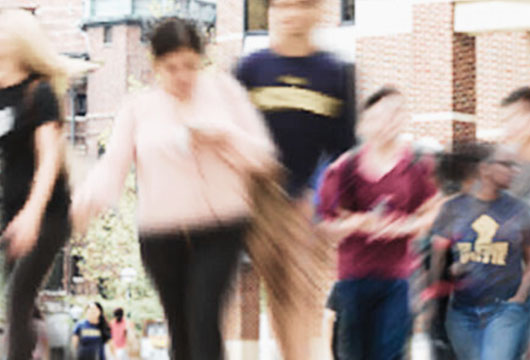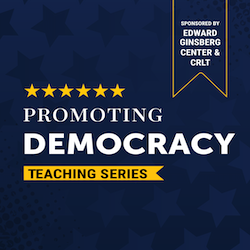Recent months have seen heightened national conversation about the ways implicit biases can perpetuate racial and gender disparities in powerful domains from policing to hiring. This conversation invites us as teachers to examine the ways our implicit attitudes might negatively affect our perceptions of and behavior towards students in our classes. As teachers, we assume responsibility for fostering the learning of all students in our classes. Even when we have the best of intentions, subtle biases that we're unaware of can undermine our efforts at creating inclusive classrooms.
What are some practices that can help us check our own assumptions and biases about our students? And how can we safeguard against our implicit biases—i.e., attitudes we may not even be aware of—negatively affecting students’ experiences in our classes?
Some strategies for becoming aware of our potential biases (or their negative effects) in teaching include:
- Gather feedback from students that specifically asks about their experience of the classroom climate. This could take the form of a formal mid-term assessment, briefer ‘minute papers’ at the end of class sessions, or a “critical incident questionnaire” after a session that caused you or your students concern (here are some examples and discussion from Stephen Brookfield, a scholar of reflective teaching practice).
- Ask a trusted colleague or CRLT consultant to observe your teaching and gather data about matters such as student participation, language you use when responding to student contributions, or how you move around in the classroom. Such data can help you become aware of behaviors or patterns you are unlikely to notice on your own.
- Pay attention to students’ testimonies about the patterns of bias they experience on campus. For instance, the #BBUM Twitter campaign and the I, Too, Am Harvard Tumblr both include a range of student perspectives in brief glimpses, many remarking upon classroom experiences. The Michigan Daily's "Michigan In Color" column regularly features student writers analyzing ways their social identities have affected their campus experience, in class and out. The UMAY campus climate survey shares more systematic data about student experiences on campus.
- Engage in reflective teaching practice. This might take the form of an informal teaching journal where you briefly jot notes after each class session, regular conversation with a colleague about shared classroom challenges and strategies, or a more structured reflection such as those featured here or in the final section of this paper about teaching in racially diverse classrooms.
Some strategies for safeguarding students against implicit biases you might have:
- Adopt grading practices that help ensure a fair response to all students. For example, use rubrics when grading papers. Or grade exams without looking at students’ names.
- Use discussion participation structures that create equal opportunities for all to ask or answer questions, rather than simply calling upon students in response to a raised hand. In a small class (depending on the question), you might go around the room. In a larger class, you might ask students all to briefly prepare a response in writing and then use a class roster to call upon students randomly and keep track of who has been called upon from class to class.
- Get to know your students as individuals, in office hours or during the “Michigan time” waiting period. This can help correct any inaccurate assumptions you've made and help ensure you’re responding to their particular learning needs.
- Log in to post comments
- 1248 views






